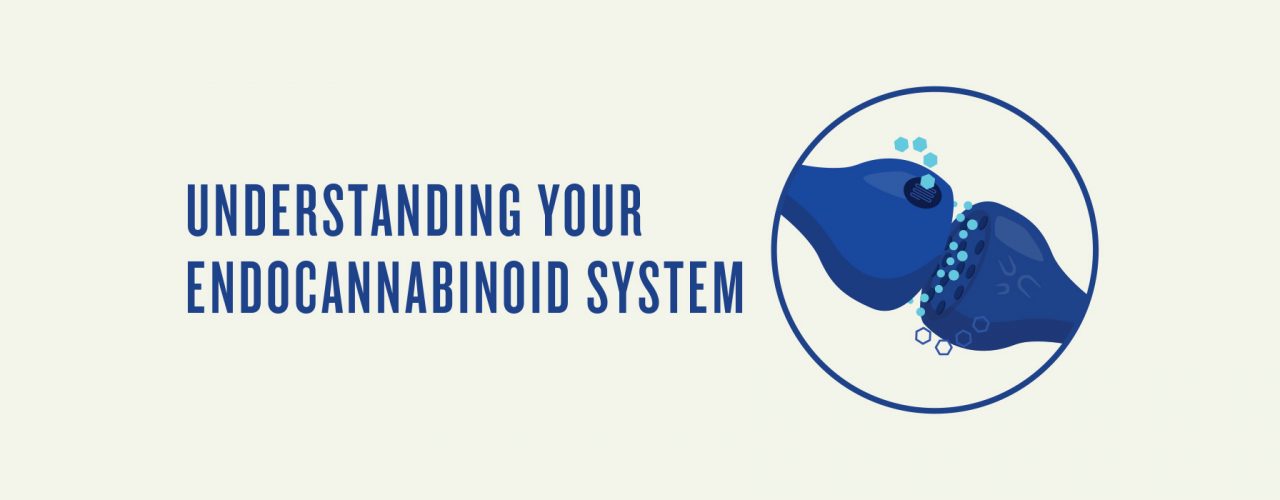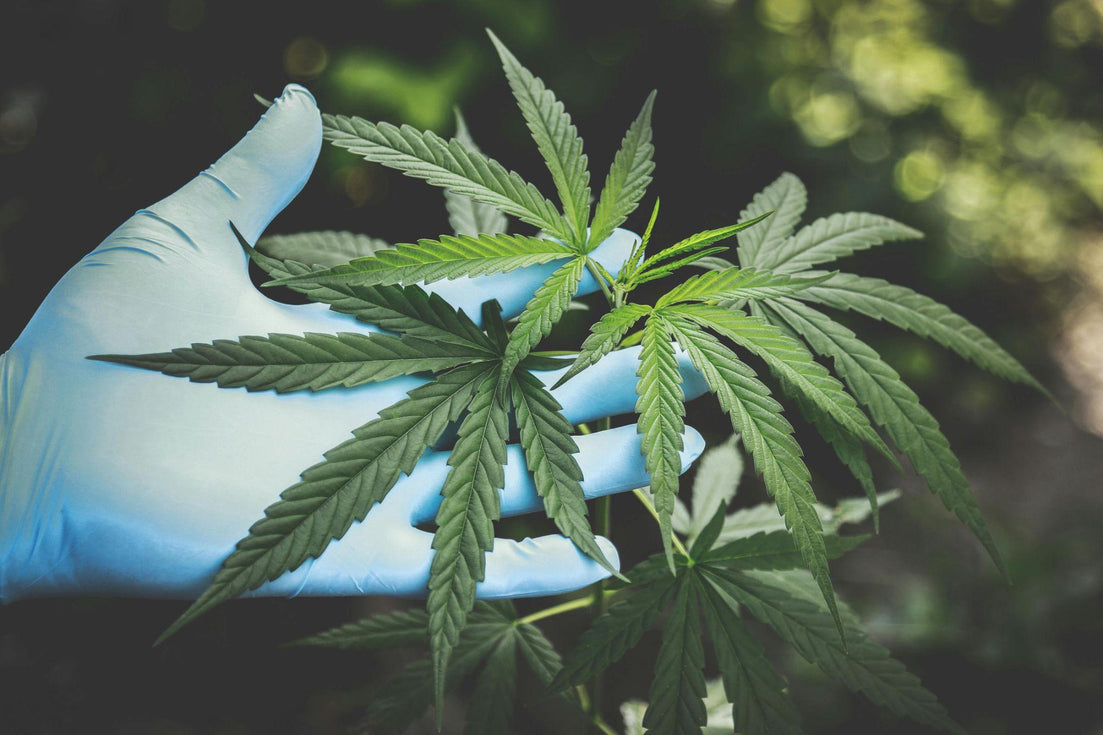Your cart is currently empty.

The endocannabinoid system (ECS) is a hugely important part of the body. It’s responsible for a number of our physiological processes. Understanding the ECS is important for everyone, marijuana users and non-users alike, as it can have a huge impact on your health. We discover more and more about the endocannabinoid system regularly. In this article, we’ll walk you through some of the surprising facts about the ECS.
1) The ECS promotes embryonic development
The successful implantation of the embryo into the uterus requires endocannabinoid activity to take place. The CB1 receptor, which is responsible for the psychoactive effects of cannabis, promotes healthy brain development by regulating the differentiation of stem cells and guiding synaptogenesis. After birth, endocannabinoid activation of the CB1 receptor is initiated during feeding, be it formula or breast milk.

THIS BEAUTIFUL AND TOUCHING IMAGE COMES FROM @MAMALEXPROFRIM
2) The ECS began evolving a long time ago
When the ECS appeared in the human body over the course of evolution, it showed how integral this system is to human life and higher-level organisms in general. Thanks to the cannabinoid receptor-like proteins in nematodes and sea squirts, it’s believed that the ECS began evolving around 600 million years ago.
3) Endocannabinoids have the ability to travel upstream
The neurons in your body typically only move in one direction, like they’re traveling on a one-way street. Presynaptic neurons release neurotransmitters that attach themselves to receptors on postsynaptic neurons. Endocannabinoids go in the opposite direction, traveling from the postsynaptic neuron to the presynaptic neuron. This entire process is called retrograde feedback; it enables control of the neural transmission. An example of how this works is if a neuron were to be sending messages too fast, the receiving neuron could send an endocannabinoid to tell it to slow down.
4) The ECS helps protect the body against cancer
Cancerous cells, as you know, are known for their tendency to uncontrollably replicate and spread throughout the body. Many types of cancer express cannabinoid receptors like CB1 and CB2 on their cell membranes. This means that endocannabinoids like anandamide bind to these receptors and inhibit cancer cell growth.

SMOKING MEDICAL MARIJUANA IS BECOMING MORE AND MORE COMMON AMONGST CANCER PATIENTS. PHOTO BY @HINTERLANDCOBYRON
A 2006 study uncovered just how effective a strong ECS is on cancer survival. They found that patients with naturally high expression levels of CB1 and CB2 receptors had significantly better results with more patients enjoying disease-free survival than those with low expression levels.
5) The ECS wasn’t discovered until the ‘90s
Despite its importance in the body, the ECS wasn’t discovered until 1992 with the discovery of anandamide. Due to the novelty of this system, many medical schools don’t teach much about it, which contributes to the continued lack of cannabis medications. Moving forward, though, there is great promise for future research and better access to medication.

THIS BEAUTIFUL BUD IS BROUGHT TO YOU BY @EMERALD.I.JAMAICA
The endocannabinoid system is a very important part of the human body with a crucial role to play. With an understanding of the endocannaboid system, you can learn how to play up the effects of your marijuana, choose strains to treat the correct ailments effectively, and much, much more.



